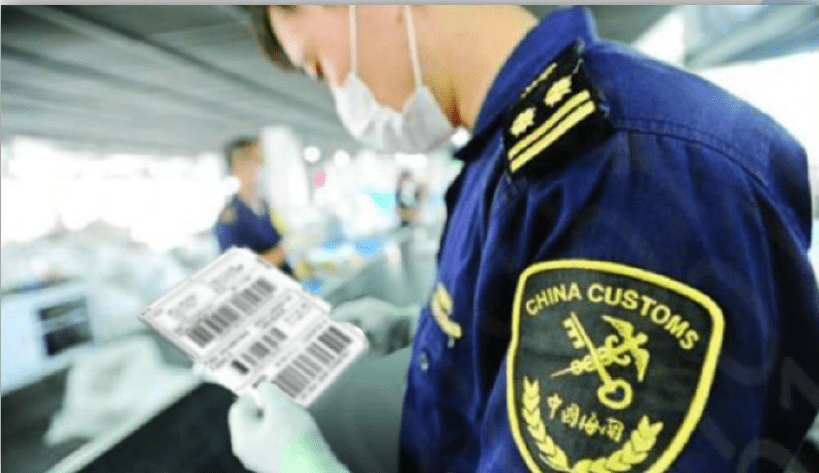It’s exciting to see how our standards are making life easier for industries and governments alike, helping them reduce costs and share key data in a smart way to ensure efficient processes. The recent decision of China Customs and GS1 China to promote the application of our barcodes for customs clearance is a significant step forward in our engagement strategy with customs.
China Customs has recently rolled out a GTIN (barcode number) reporting function for its single window declaration system. This represents a key step for the adoption of GS1 barcodes in customs clearance and will help to enhance the standardized import and export customs declarations.
Supervision of imported products will be easier and border clearance will become more efficient. These are no small words for China, the second world economy by imports.
As goods are traded globally, border clearance procedures are a significant contributor to supply chain costs for industry.
Border agencies around the world can be overwhelmed by growth in volume of trade and struggle to keep pace using traditional inspection methods. On top of this, increasing regulatory requirements are putting pressure on border agencies to collect tax and tackle illicit trade, while facilitating trade.
Customs declaration gets easier with GTINs
Today, an imported product can be automatically identified and its declaration elements such as classification, country of origin and specification can automatically appear in the single window system if its GTIN is provided and such product information already exists in the database.
“Declaration by GTIN” provides a convenient and fast method for enterprises to complete the declaration form "within a second" through intelligent autofill instead of the normal manual entry. Enterprises can now enjoy an intelligent auto-fill feature by using GTIN. This simplifies and speeds up the declaration process and improves accuracy.

Cross border trade in Asia Pacific region could also benefit
In July 2018, a strategic cooperation agreement was concluded between China customs and GS1 China, who then jointly established a collaborative model of data sharing and promote the adoption of barcodes in customs clearance. This agreement is the foundation of the current implementation of “Declaration by GTIN”
The standardised exchange of industry supply chain data has the potential to transform cross border trade in the APEC region.
APEC funded pilots have demonstrated that global data standards can enhance operational efficiency at the border and reduce costs in cross-border trade. Using these global data standards ensures smooth information exchange—which has proved to be especially important nowadays, as border procedures need to be made more efficient.





